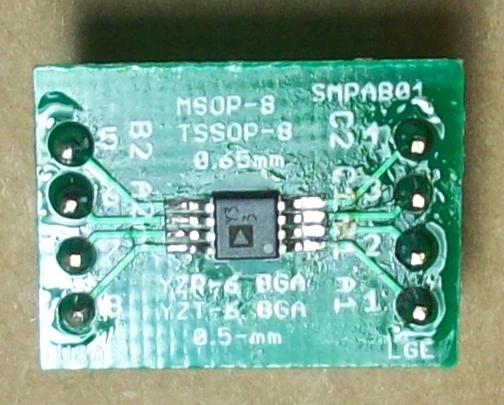I've used my Thermoworks thermocouple a few times with my HMv4.2.3 and it has worked really well. Last night I did some experimenting with high heat cooking beyond the temperature range I could do with the thermistor probes and ran into an issue....
I had the pit set to 700 degrees, holding nicely for the entire cook. I pulled the food (btw, burgers fast cooked at 700 degrees are awesome!), the HM went into lid mode and closed off my servo damper, then I closed the top vent (leaving the thermocouple in there) and shut the lid . At this point my thermocouple dropped off and I was getting "No Pit Probe" on the HM. Initially I had thought, oh crap, I melted another probe! Then I remembered this thermocouple is supposed to be good to over 2,000 degrees Fahrenheit so I couldn't have melted it?! So I left it in the pit and waited to see what would happen....
Looking at the graph from that cook I see when I opened the lid the thermocouple dropped to about 300 degrees, when I closed the lid (and vents) the thermocouple dropped off at about 300 degrees and didn't even show the upturn in temp, it didn't pick up again until the pit dropped down to about the same 300 degree temp... I found this odd, I thought the HM should at least show the temperature upturn, and should have shown more of the decent in temperature? Is it possible with the fast response of the thermocouple and super hot grill, that the rapid rise in temperature when I closed the lid with the vents closed caused the HM to kinda "tilt" and stop registering the thermocouple? That is the only thing I can think of since my graph doesn't show any upturn in temp at all when I closed the lid?


